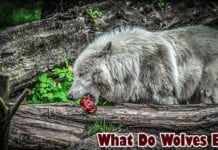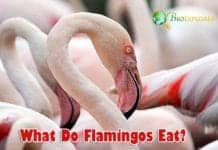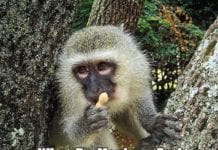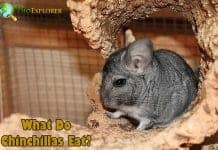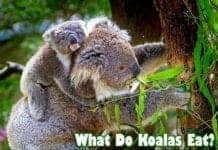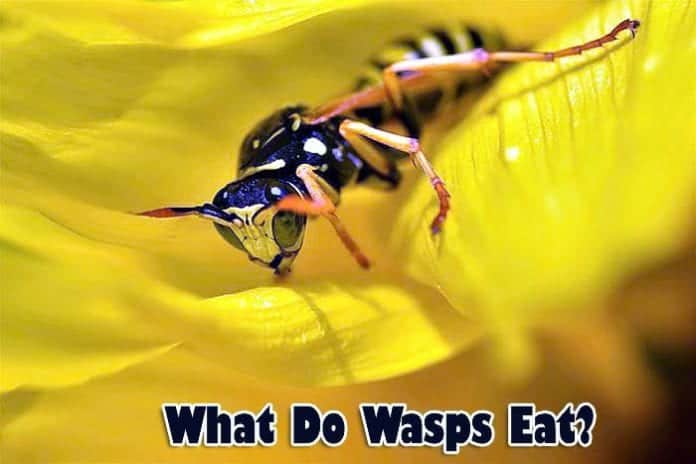
- This exceptionally beautiful wasp is notable for its blue and black sheen.
- These wasp species are solitary.
- These wasps are commonly found in wet areas, especially next to balls of mud.
- This wasp species is native to North Africa, Eastern China, the Middle East, Southern Europe, and the Mediterranean region.
- The members of this species spot a black hue with yellow markings.
- The European paper wasps are social and are thus found in colonies.
- These wasps mostly inhabit savannah, forests, agricultural lands, and suburban and urban areas.
- Paper wasps are excellent pollinators and beneficial to gardeners.
- The common wasp is classified as a social wasp, found in wide distribution in Britain.
- Common wasps can be distinguished from other members in this class thanks to an anchor-shaped mark on its face.
- This species commonly inhabits meadows, woodlands, and gardens.
- One strategy these organisms use is stalking their prey.
- Wasps will always be found searching for their prey in different locations including grass, the underside of leaves, barks, twigs, fecal matter, spider webs, and compost heaps.
- Once a target has been identified, a wasp proceeds to chase it. Wasps may also chase flying insects such as mosquitoes and then proceed to capture them.
- Using their stingers, wasps inject venom into their prey, paralyzing their victims.
- Some species display nocturnal activity and thus tend to have larger ocelli than their diurnal counterparts. This eating behavior is instrumental in aiding night vision.
- Wasps are active and eat much more frequently during warmer months. The number of insects preyed upon by wasps is higher during the warmer months.
- Over winter, some wasps hibernate while others die. Another factor that determines how often wasps eat is age.
- The wasps’ larvae are mostly carnivorous, which may be linked to their growth needs.
- These organisms tend to feed on protein very often to sustain growth and development, compared to their adult counterparts.
- From a logical perspective, it makes sense for wasps not to target mosquitoes mainly because mosquitoes do not have any protein content (larvae) in them.
- However, wasps would spend time and energy to hunt for small caterpillars and spiders such as crab spiders for more nutritious food.
- Examples of organisms that predate on wasps include birds like the orioles and magpies, hummingbirds, and blackbirds, mice, weasels, stoats, lizards, salamanders, geckos, and a vast range of insects including dragonflies, and robber flies.
- They play the role of prey where they are predated upon by many organisms such as mammals, reptiles, insects, and birds.
- In this sense, wasps provide an excellent source of nutrition to these creatures allowing them to survive.
- As predators, wasps help regulate the local population of the organisms they feed on, such as spiders.
What Do Wasps Eat? Wasps are insects classified in the family Hymenoptera. These organisms are close relatives of the bees, and they come in an array of colors, the most common having yellow or orange stripes.
Wasps tend to be omnivorous. They prefer a diet that constitutes of nectar, honeydew, and a vast range of invertebrates such as ants, cicadas, butterflies such as blue morpho butterflies, spiders, caterpillars, and flies.
What Do Wasps Eat?
| Blue Mud Dauber (Chalybion californicum) | Nectar, flowers, and spiders. |
| European Paper Wasp (Polistes dominula) | Honeydew, nectar, aphids, caterpillars, and insect larvae. |
| The Common Wasp (Vespula vulgaris) | Nectar, aphids, caterpillars, spiders, and flies. |
![]()
Wasps Diet by Types
Over 20,000 wasp species exist. These species can be categorized as either solitary or social wasps. Compared to the number of social wasps, solitary ones are the larger group. Examples of these species will be studied in this section, including their habitats.
What Do Blue Mud Daubers Eat?
| Animalia | Hymenoptera | Sphecidae | Chalybion | Chalybion californicum |
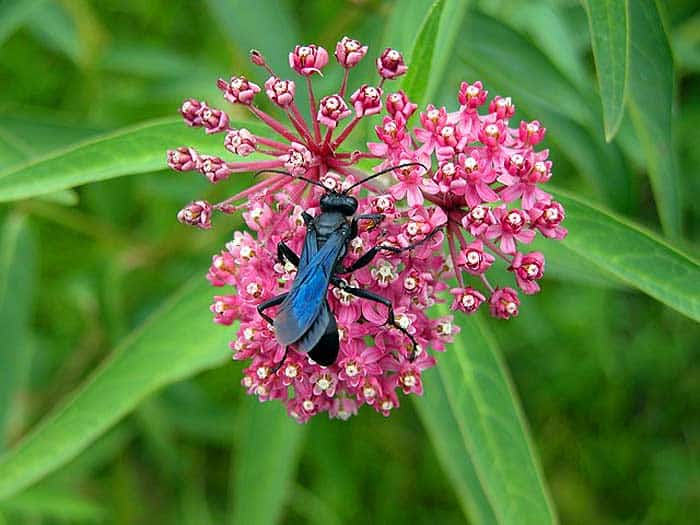
The adult members of Blue Mud Dauber feed on nectar and flowers. Their developing larvae are fed on a high-protein diet obtained from spiders.
![]()
European Paper Wasp
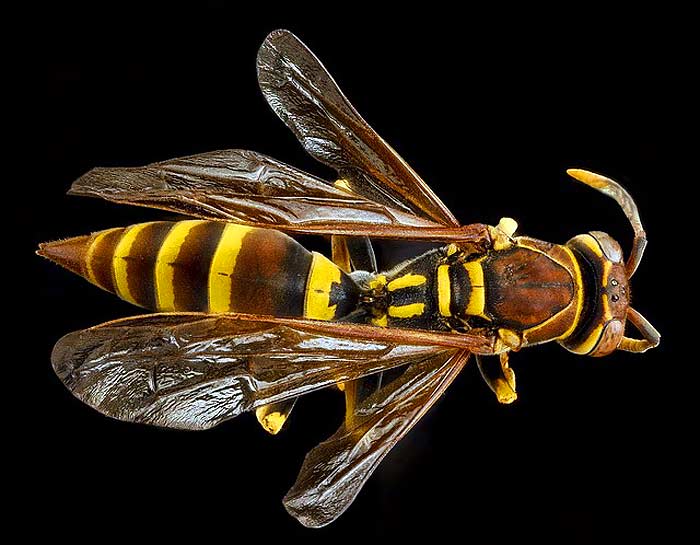
The members of European paper wasp are omnivores whose diet comprises honeydew, nectar, aphids, caterpillars, and other varieties of insect larvae.
![]()
Common Wasp
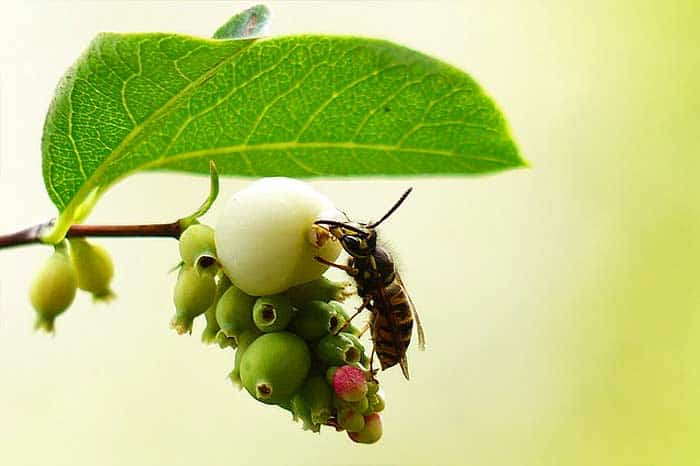
The adult members of Common wasp feed on nectar while the larvae feed on aphids, caterpillars, spiders, and flies.
![]()
How Do Wasps Hunt?
Different hunting strategies come in handy to help wasps find their prey.
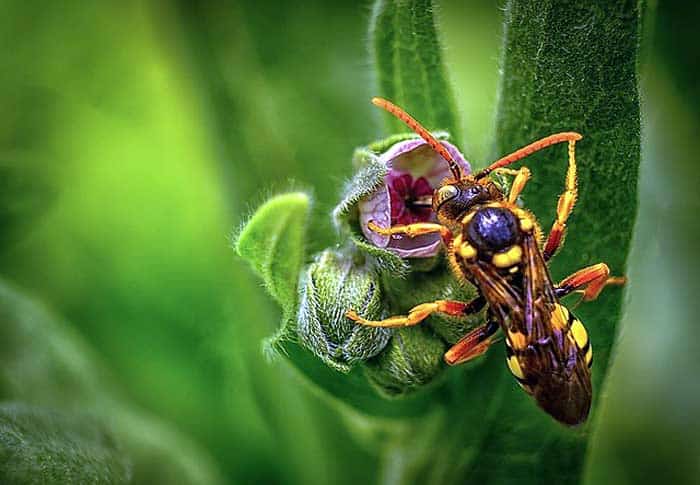
![]()
When Do Wasps Eat?
Most wasp species display diurnal activity and are thus found eating at night.
![]()
How Often Do Wasps Eat?
How often wasps eat depends on different factors. One factor is the weather.
![]()
What Do Wasps Eat in Winter?
As wasps rely heavily on fruit nectars, they starve during winter due to a lack of fruits. So, they eventually die during the winter season.
![]()
Do Wasps Eat Mosquitoes?
Although some wasps chase mosquitos and capture them for food, wasps are not the natural predators of mosquitoes.
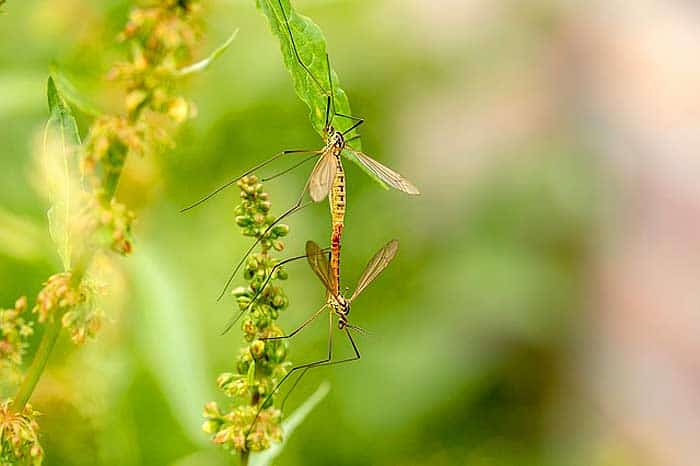
![]()
What Eats Wasps?
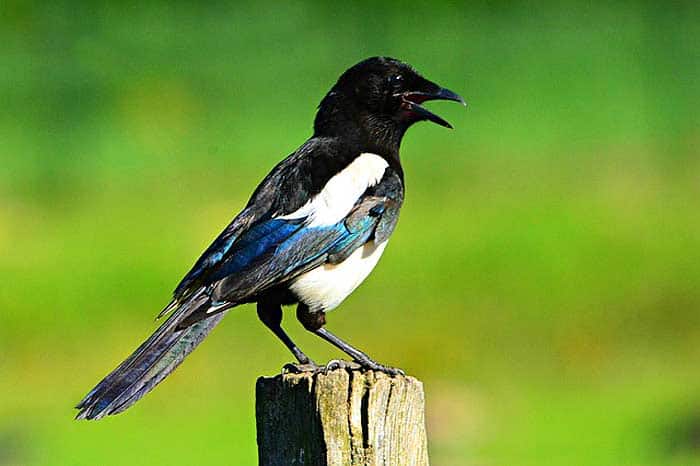
Some animals have developed a thick skin to tolerate wasp stings against the threat by wasps when they try to hunt them.
![]()
Where Do Wasps Fit in the Animal Food Chain?
Wasps play an essential role in the animal food chain.
![]()


